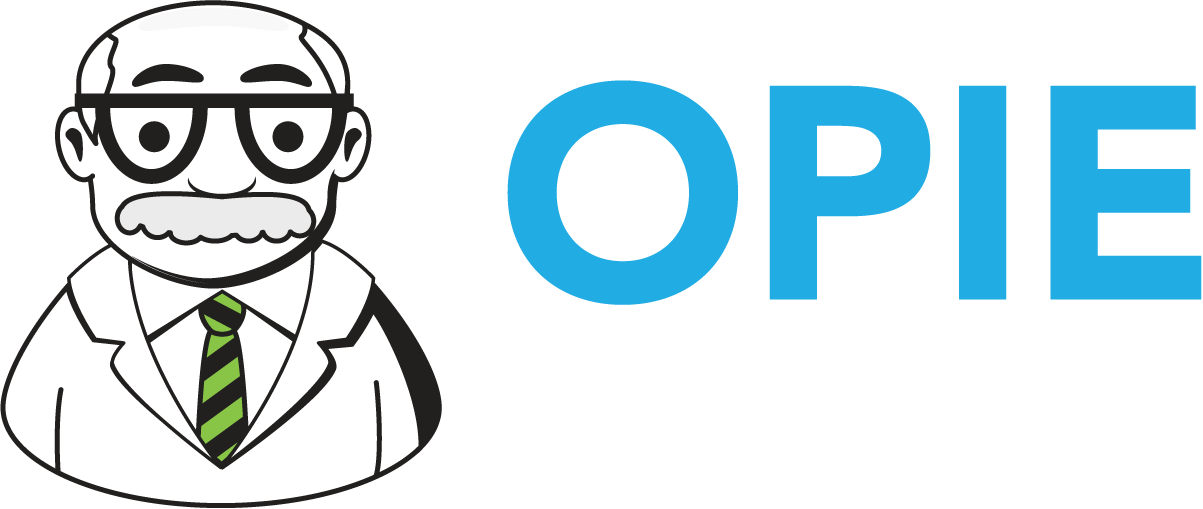The Changing Meaning of Words
I had a language professor in college who taught us that American English is a very dynamic language; it changes quite rapidly at times. It is both a blessing and a curse. That dynamic aspect means that it is always in tune with the cultural influences of the day, but it also means that people can be left in the proverbial dust in understanding what is being communicated. Two people can use the same words, but the meaning behind the words is entirely different. My professor referred to this dynamic nature as the “dumbing down” of the language because new words and new meanings were often coined by people who did not know that a word already existed, or the existing word was too hard for them to speak or spell.
The French have the Académie Française that started in the early 1600’s to ensure that the French language had “exact rules” to keep communication unambiguous. We have no such thing here. Our language morphs. In September 2022, Websters added 370 new words to its dictionary. The study of words and their meaning is known as “lexicography,” and they are quick to point out that the meanings of words are constantly changing. (The study of language is a fascinating rabbit hole you can explore on your own!)
But words matter. Today, there is a cultural effort underway to fundamentally change the meaning of the word “Equity” and then replace the word “Equality” with Equity. According to Websters, Equity means “freedom from bias or favoritism;” and equality means that we “regard or affect all objects in the same way.” Those two legacy definitions have very similar meanings. But today, according to the National Association of Colleges and Employers, Equity “refers to fairness and justice” and should take into account “systemic bias.” Let’s give an example.
Two potential patients come to your practice for care. They both are recent amputees and have expressed a desire to ambulate in the community. One is a health nut, a nutritionist, and a runner. The other is morbidly obese, diabetic, and an armchair quarterback. You have all the documentation you need, and they both have adequate coverage so you conduct your clinical assessment. You find that one patient is a K4 candidate and the other is an iffy K2. You create a treatment plan that leverages all the tools at your disposal to help each patient maximize their ambulatory potential. You have approached each patient without bias or favoritism and you provided equal effort to both patients. Both are able to ambulate and have met their goals. A great outcome. Based on how we have traditionally understood equitable treatment, you have clearly provided that.
Let’s shift our mindset to our emerging cultural definition of “equity” so that we get a “’fair and equal outcome” for all patients. This worldview might say that it is not fair that one of these two recent amputees is limited to short walks to the local convenience store while the other is able to run competitively. We need to overcome the bias or disadvantage that one patient is facing. To be “fair,” we need to provide both patients with the same outcome. This is achieved either by elevating the disadvantaged patient to the higher level or changing the goals of the other patient so that they match the lowest common denominator. Given that K2 is the best we can achieve with one of them, K2 is what we need to deliver to both of them. This way we have achieved an equal outcome and our culture can give us a checkmark for our “Equity” efforts.
We don’t have an American version of the Académie Française, but as we go about our business, pay attention to the words people are using and the meaning they are applying to those words. If we are not careful, our good intentions could turn around and bite us.

